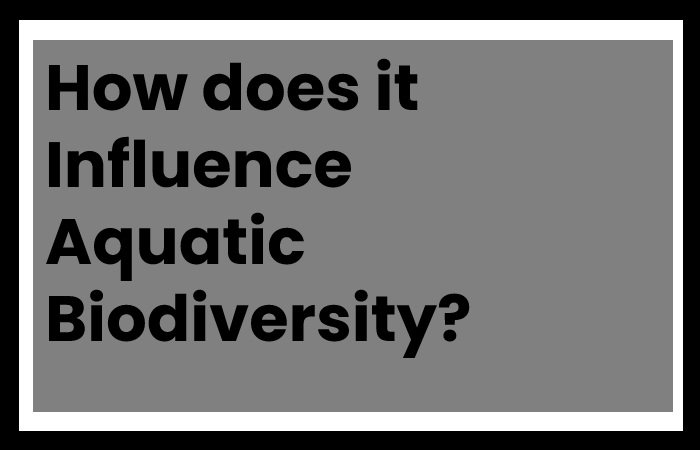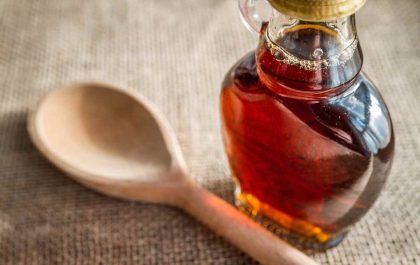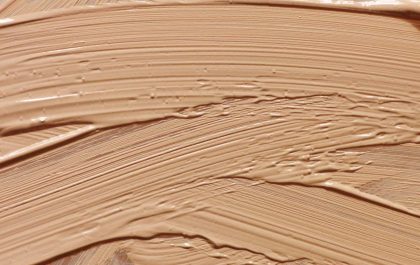Table of Contents
Oxygen
Oxygen is a colorless and odorless gas. The gas is very reactive and binds to other elements in the form of oxides. Oxygen is present in the air at 20.9 vol. %.
Oxygen is widely used in the steel and metallurgy industry. It plays an oxidizing role in the purification of domestic wastewater and is used in the form of ozone (O 3 ) in the remediation of contaminated soils. Most combustion processes (chemical industry) are carried out with oxygen.
Read Also: Blepharoplasty – Introduction, Surgery, Expect Recovery, and More
Physico – Chemical Constants
| symbol of | Of 2 |
| Average molecular weight (kg/mol) | 31,99 |
| Gas density (kg/m 3 at 1.013 bar and 0°C) | 1,429 |
| Relative density of gas (air = 1) | 1,11 |
| Boiling point 1 bar | – 183°C (90,2 K) |
| Melting point 1 bar | – 218°C (55 K) |
| Critical point | t = – 119°C (154.8 K), p = 50,43 bar |
| Autoignition temperature | ininflammable |
1 liter of liquid oxygen releases 854 liters of gas at 15°C and 1 bar.
Read Also: 40 Divided By 3 – Introduction, Division, Tables and More
Delivery Methods
In gaseous form – Cylinders
| Contents | Diameter | Height | Weight | Gas quantity 150 bar | Gas quantity 200 bar | |||||||
| 50 l | 23 cm | 1,70 m | +/- 75 kg | 7,8 m 3 | 10.5 m 3 | |||||||
| 45 l | 23 cm | 1,55 m | +/- 65 kg | 7,0 m 3 | 9,5 m 3 | |||||||
| 27 l | 20 cm | 1,00 m | +/- 45 kg | 4,3 m 3 | 5.7 m 3 | |||||||
| 13 l | 14 cm | 1,10 m | +/- 35 kg | 2,0 m 3 | 2,1 m 3 | |||||||
| 10 l | 14 cm | 1,00 m | +/- 30 kg | 1,6 m 3 | 2,1 m 3 | |||||||
| 5 l | 14 cm | 0,50 m | +/- 10 kg | – | 1.0 m 3 | |||||||
| 1 l | 8 cm | 0,35 m | +/- 3 kg | – | – |
In Liquid Form (Chilled)
In vacuum insulated tanks: documentation on request
And Dewars
In cisterns
Food gas
compliant with EU231/2012
HACCP-compliant
E number: E948
quality: 2.5 food grade
Cylinder identification
Color (according to NBN-EN 1089):
Medical gas: the cylinder and the nose are painted in white RAL 9010.
Industrial gas: the cylinder is painted in dark gray RAL 7031, the nose is painted in white RAL 9010.
Read Also: Calculation – How Many Days Until September 8?
Unit Conversion Data for Oxygen
|
|
Weight | Gas | Liquid | |||
| pounds (lb) |
kilograms (kg) |
cubic feet (scf) |
cu meters (Nm3) |
gallons (gal) |
liters (l) |
|
| 1 pound | 1.0 | 0.4536 | 12.076 | 0.3174 | 0.105 | 0.3977 |
| 1 kilogram | 2.205 | 1.0 | 26.62 | 0.6998 | 0.2316 | 0.8767 |
| 1 scf gas | 0.08281 | 0.03756 | 1.0 | 0.02628 | 0.008691 | 0.0329 |
| 1 Nm3 gas | 3.151 | 1.4291 | 38.04 | 1.0 | 0.3310 | 1.2528 |
| 1 gallon liquid | 9.527 | 4.322 | 115.1 | 3.025 | 1.0 | 3.785 |
| 1 liter liquid | 2.517 | 1.1417 | 30.38 | 0.7983 | 0.2642 | 1.0 |
| 1 short ton | 2000 | 907.2 | 24160 | 635 | 209.9 | 794.5 |
| Scf (standard cubic foot) gas measured at 1 atmosphere and 70°F. Nm3 (normal cubic meter) gas measured at 1 atmosphere and 0°C. Liquid measured at 1 atmosphere and boiling temperature. |
How does it Influence Aquatic Biodiversity?

It is not only in terrestrial ecosystems that oxygen is an important element. It is also crucial for many chemical and biological processes that occur in waterways.
- These are mainly:
Respiration and therefore metabolic efficiency, growth, disease resistance, etc. ; - The decomposition of organic matter;
- The transformation of chemical compounds into less dangerous forms.
- In addition, a low level of dissolved oxygen can have effects on the ecology of the environment and the relationships between living beings. One of the consequences is the decrease in diversity: only species resistant to low oxygen levels are found on this site.
- People’s behavior is changed. They reduce their activities, delay their migration, etc. Their relationships with other species are also affected (eg predator-prey and parasite-host relationships).
Read Also: Obesity – Introduction, Types, Effects, and More
What Factors Influence Dissolved Oxygen?
The level of dissolved oxygen varies mainly according to the following natural factors:
- The water temperature. Cold water contains more dissolved oxygen than warm water. To learn more about the relationship between dissolved oxygen and temperature, see the temperature capsule.
- The degree of turbulence. Heavy mixing increases the contact between air and water and therefore increases the surface area on which the oxygen in the air can dissolve.
- The respiration of animals, plants (at night) and bacteria that degrade organic matter. By breathing, living beings consume oxygen which decreases the amount of dissolved oxygen available.
- The photosynthesis of plants and algae produces oxygen during the day.
partial gas pressure. The higher the pressure, the greater the solubility of gases.
Conclusion
Oxygen is one of the gases that is naturally found dissolved in water.
Read Also: Aphrodisiac – Introduction, 7 Aphrodisiac Foods, and More
Related posts
Featured Posts
Demerara Syrup – Introduction, Demerara Sugar Vs Brown Sugar, Syrup
What Is Demerara Syrup? Demerara Syrup is a processed sugar that is minimally processed, gives a golden brown colour, and…
Tarte Foundation – Best Tart Foundation 2022
Tarte Foundation Tarte Foundation – It has become a popular and game-changing brand in an industry that started small but…


